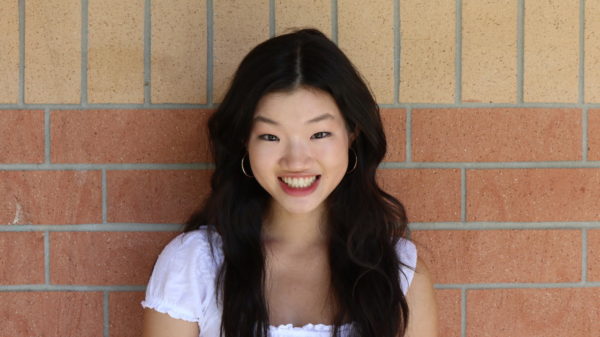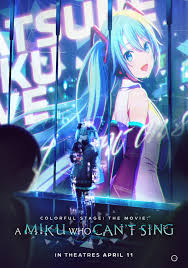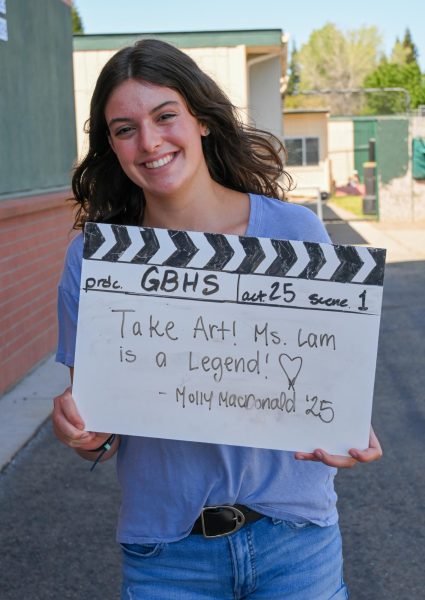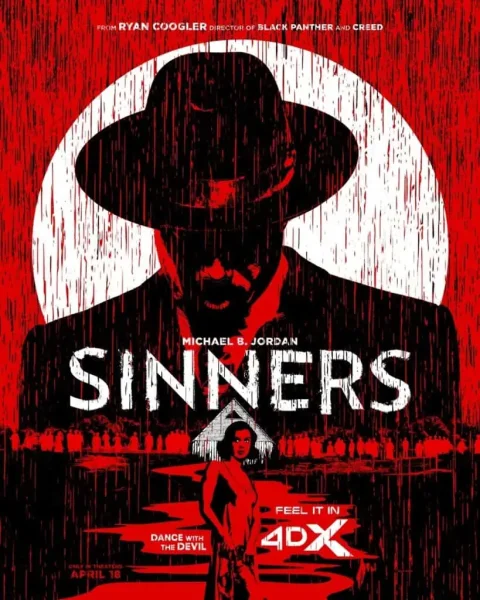‘Euphoria’: Glamourized trauma?

HBO’s hit show, “Euphoria,” has provoked controversial conversation over the lens by which teenage life is portrayed.
HBO’s hit drama “Euphoria” revolves around teenage trauma not meant to be seen by teens.
The TV MA—17 rating cannot appropriately encapsulate the impact the drama has had on its teen audience.
Following its premiere in 2019, from the catwalks to the billions of views in TikTok trends, “Euphoria” is everywhere.
Viewers can peel away the allure of the show’s fair, glittery aesthetics to find intimate and often graphic trauma detailed in a high school setting.
“Euphoria” is simply shocking.
Its extensive graphic and frequent coverage of mature themes including statutory rape, drug extortion and addiction and sexual abuse sets its apart and surpasses even other mature generation defining predecessors like “Thirteen Reasons Why.”
Treading the tightrope between entertainment extremes is not to be taken lightly and neither is answering the inevitable question of whether the show is merely raw interpretation versus problematic ideation.
“TV shows are predicated on creating entertainment,” Marques Rodriguez, the family and community engagement liaison at GBHS’ Wellness Center said. “(Shows like Euphoria) are meant to create buzz…it is the reality that they are more than likely going to go to like extreme levels of what they’re depicting drug abuse, suicide (and other) different topics.”
Rodriguez has seen some episodes of the show but has not watched the entire show because he felt it was “something that was appropriate for (him) to watch” in part because of the graphicness.
Similar “shock art,” in the content and context of other teen dramas, has a history.
“Shock art started with the DADAist artist as a reaction to WWI and how absurd it was with the inhumanity, but continues today,” GBHS art teacher Myron Stephens explained. “Artists still use shock to evoke an emotion: upset, disgust, confusion, etc.”
Regarded by some as “Euphoria’s” less explicit predecessor, “Thirteen Reasons Why” amassed both critical acclaim and also extensive criticism and allegations of suicidal ideation. A few scenes were later repealed after the show was connected significant increases in suicide amongst teen boys.
Juxtaposed in a world of glittery nights and bright lights, “Euphoria’s” cultivated flashes of “euphoria” are ultimately weaved through intense trauma that can leave teen viewers feeling everything from “excitement, anger and frustration” to “sadness.”
Junior and aficionado of the show, Lakeesha Selvaratnam emphasized that while the aesthetic is “super pretty” and “captivating,” she felt the show was not trying to “aestheticize trauma.”
“I feel that other people are (aestheticizing trauma) themselves by creating trends and having “Euphoria” themed parties and all that,” Selvaratnam said.
Freshman Haley Matsuda tied the show’s graphicness to empathy—but also entertainment.
“If (the show wasn’t) as graphic…it wouldn’t have been as dramatic…it wouldn’t have shown how dangerous something can be,” Matsuda said. “Euphoria” really emphasizes how graphic and scary (sexual and drug abuse) can be…it made you want to have a lot more sympathy and awareness to people who’ve gone through that.”
Students said they formed deep connections with characters that both emphasized and helped them empathize with their struggles.
“I really feel for Rue (a sarcastic 17 year old struggling to stay sober), her situation is truly a sad one,” sophomore Annalise Smith said. “Her drug abuse was obviously so clearly fueled by pain. I wouldn’t say I got second hand trauma but an immense amount of sympathy for her situation and almost excusing her poor decisions.”
Most of the students felt the show’s portrayal of high school, while holding some truth, the sizable amount of sexual and drug activity was “highly exaggerated.” In truth, “Euphoria’s” depiction of teens and their frequent, often reckless relationships with traditionally socially “taboo” acts does not represent reality. Teens on average are actually becoming more responsible in engaging in sexual and drug activity—according to the National Institute on Drug Abuse, illicit teen drug use (with the exception of maraijuana) are at “the lowest illegal drug use levels in the past 20 years.”
Still, Rodriguez emphasized shows like “Euphoria” inherently glamorize harmful activities, making them look “okay or even appealing” through on screen familiarization that translates off screen.
“Probably over 25% of students have probably used some form of drug whether that’s vaping, cigarettes, marijuana all the way to the harder stuff that you can think of,” Rodriguez said. “We are seeing that vaping (and) E cigarettes are like the hottest product for teenagers. (Watching) some of these traumatic experiences (like on “Euphoria”) may put (teens) in a situation to be able to try or experience some of what they’re seeing.”
Matsuda disagreed. She felt the show appropriately showed the consequences of the characters’ indulgences. “It’s not just like, ‘Oh, she did drugs and… had a great life,’” Matsuda said. “I think that it kind of shows what can happen if you do certain things and put yourself in certain situations.”
Other students felt the show walked finer, blurrier lines between glamorization, entertainment and accuracy.
“It does and it doesn’t (glamorize drugs and sex),” Smith said. “A lot of the scenes between Rue, Elliot, and Jules overall seemed like a good time…but they also went into how it wasn’t just fun, especially not for Rue.”
Following season one, “Euphoria” increased the amount of safety precautions it includes in its episodes, implementing trigger warnings and hotline links sporadically throughout season two. However, while the majority of interviewed students said the trigger warnings at the beginning helped them anticipate the trauma that would play out on screen, the hotlines at the end had little effect.
Rodriguez cautioned that regardless of warning measures, exposure to the mature themes as exhibited in “Euphoria” must be predicated by “open dialogue” with a trusted adult.
“Even if it was portrayed in a way that it’s authentic and real…for a teenager who is still trying to figure out who you are…everything about yourself is still developing. If teens are just watching it and just taking everything in and they’re experiencing trauma, the negativeness, the abuse…and they have no way to be able to speak of what they’re seeing.” Rodriguez said. “That can be detrimental.”
Fostering this connection between media and reality, a conversation aligns with the show’s purpose—as its biggest and most influential star, Zendaya, the “spirit of the show is empathy.” It’s this eye—opening conversation that Rodriguez feels fueled the show’s creation in the first place.
“There’s this reality that teenagers feel adults don’t understand them,” Rodriguez said. “And then (“Euphoria”) was maybe this…eye opener…with the hopes of creating more of a dialogue between a mature audience, adults of what teenagers are going through. Let’s be more understanding. Let’s be more open to what they’re saying. Let’s try to get into their world a little bit.”

Sarah is a senior and Co-Editor-in-Chief. This is her fourth year on the Gazette staff.








